Introduction
Do you like taking photographs? Many of us do. Some of us take lots of them. How many of those photos, though, would you want to enlarge, print, and frame?

Before framing, you might want to make some improvements to your photo. You could crop the image to trim its edges or get rid of any distractions in the background. You could also zoom in to focus on your main subject and improve the overall composition of the photograph. Also, you could warm up the colors or cool them down. You can make many changes to a photograph to sharpen it and make it look its best.
In the same way, there are many ways to “photoshop” your writing to sharpen it.
At the end of the previous lesson, you wrote a draft of an expository text. Now you’re going to learn about some tools writers use to make that essay look its best for readers.
We will focus on the following tools: adding a variety of sentence structures, using rhetorical devices including transitions, and deleting unnecessary details.
That’s a lot to consider, but we’ll take it step by step.
Variety of Sentence Structures
First of all, you probably have learned that it’s a good idea to use a variety of simple and compound sentences in your writing. A simple sentence can be short and sweet, with a subject and predicate that expresses one idea.
Here’s an example of a simple sentence: “Joey shot the basketball.” Joey is the subject, and shot is the predicate.
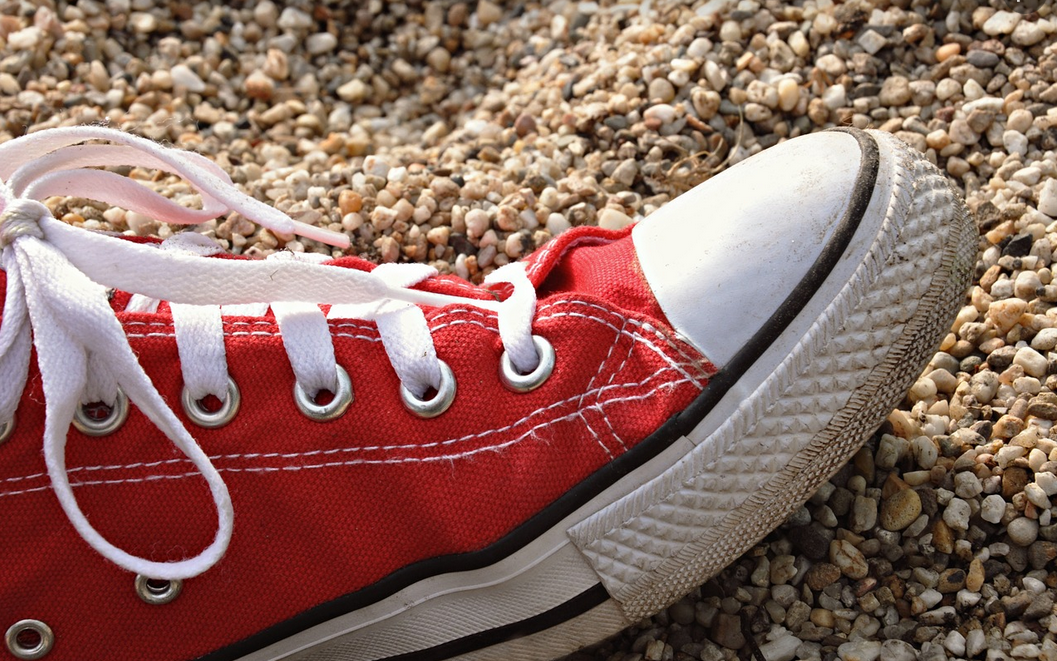
When you put two (or more) simple sentences together, you have a compound sentence that expresses more ideas.
Here’s an example of a compound sentence: “Joey shot the basketball, and the ball sailed through the hoop.” Once again, in the first simple sentence, Joey is the subject and shot is the predicate. In the second simple sentence, ball is the subject and sailed is the predicate.
Now, you’re ready to sharpen your writing with another sentence type. Good writers mix it up and use a variety of sentence types or structures in their writing.
Complex sentences take sentence variety to another level by subordinating one simple sentence to another. Unlike compound sentences that contain equal parts, complex sentences do not have equal parts. One part is “in charge,” and the other part—the subordinating part—is “helping out.”
In the following sentence, can you decide which sentence is in charge?
She was elected chairman because she is so organized.
Sentence One Sentence Two
If you decided the first sentence is in charge, you are right! The main point of this complex sentence is that she was elected. The subordinating conjunction because subordinates, or lowers, the second sentence to helping-out status and explains why she was elected. We call this subordinate part of the sentence a subordinate clause, and the in-charge part of the sentence is an independent clause.

Advanced Writer’s Hint: You might have noticed that the subordinate clauses can come before or after the independent clauses. You also might have noticed that if the subordinate clause comes first, it is followed by a comma, but if it comes after the independent clause, there is no comma needed.
Don’t misunderstand the point of this section. There is nothing wrong with using simple sentences and compound sentences in your writing. Sentence variety means “a little of this” and “a little of that.” This section encourages you to add complex sentences to your writer’s bag of tools.
Rhetorical Devices
Your writer’s tool bag can have specialty tools in it as well as necessary tools. Here are a couple of specialty tools: “Don’t-Answer-That” questions and “Matching-Set” sentences.
Don’t-Answer-That questions are questions you really don’t want answered. When a person you don’t like mistreats you, you might say to a friend, “How can anyone be so mean?” You wouldn’t expect your friend to give you an answer. You are really not asking a question; you are using a question to say, “She is unbelievably mean.” These Don’t-Answer-That questions are called rhetorical questions, a special kind of rhetorical device. They are used to express an opinion about something.
Look through the following list of questions and decide which ones are expressing an opinion rather than asking for an answer.
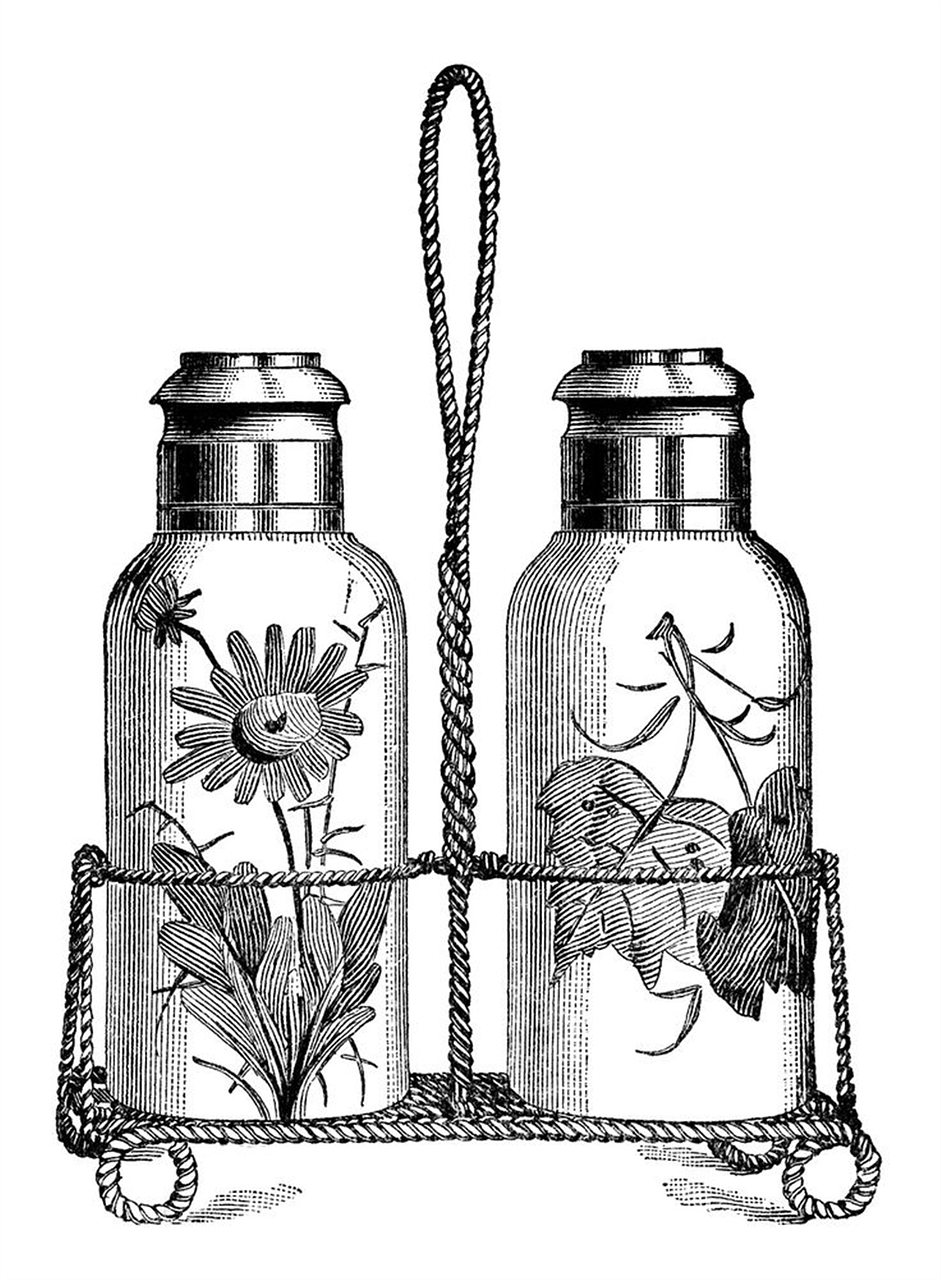
Rhetorical questions can make your writing more interesting. They can put some personality and zip into your essay.
Another way to add style to your essay is with Matched-Set sentences, which are sentences that have parallel structure. Think about salt and pepper shakers: They are a set—a set of two different spices. You can also match sets in your writing. When you have two or more ideas that are similar but not exactly alike, you should express them in sentences that are parallel in structure. Using Matched-Set sentences will reinforce the similarity in the ideas, and it will also highlight the differences. Here’s an example: "When I have weekend free time, I like to go to a movie. When my brother has weekend free time, he likes to play basketball."
How are my brother and I alike in the two sentences?
True, we both have free time on the weekend. Notice that the beginnings of the two sentences are similar, or parallel, in their structure.

But how are my brother and I different?
You’re right. I like to go to movies, and he likes to play basketball on the weekend. Once again, the endings of the two sentences are similar, or parallel, in structure even though they express different ideas. Think about it this way. The parallel structure underlines the common situation (we both have free time), but it also highlights the difference (I like movies vs. he likes basketball).
Using Don’t-Answer-That questions and Matched-Set sentences can boost your writing to the next level of interest.
Transitions
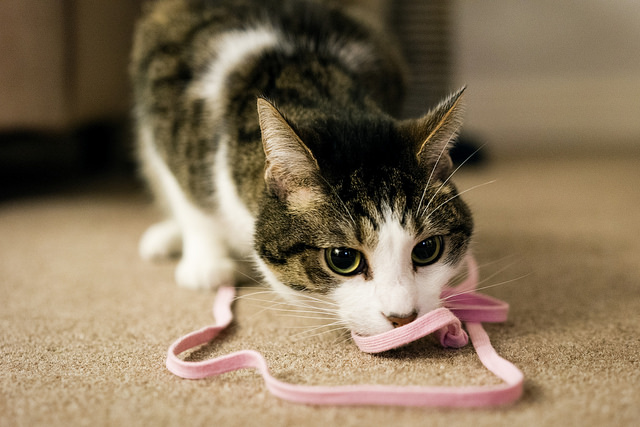
The rhetorical devices we looked at in Section Three are in the category of specialty tools, tools that add to your writing but that are not essential. The tool we are going to look at next is an essential tool. At least it is essential if you want your writing to be clear to a reader.
This tool adds links or connections between paragraphs and is called transition. By using special transitional words and phrases, you build those bridges, links, or connections.
Let’s imagine this is your introduction to an essay about why cats can be better pets than dogs.
Even though many people claim that a dog is man’s best friend, cat lovers are quick to say that cats make better pets. Dogs, they argue, demand too much attention and can’t take care of themselves. Also, some dogs can be really bothersome yappers and barkers. On the plus side, cats can stay inside all the time, and they can be left alone. What more could a pet owner want?
After the introduction, you are ready to write a paragraph with the first reason you have for thinking that cats are sometimes better pets. In order to give your reader a clear idea of what you are doing, you want to bridge (or transition) from the introduction to the first paragraph.
Can you see how the following sentence forms a bridge from the introduction?
Even though many people like dogs better than cats, some people have no yard and no time to walk a pet outside. For these people, a cat is a better pet because it can stay inside all the time.
For example, . . .
Which part of this sentence refers back to the introduction? Make a decision before you look at the answer. Did you choose the first nine words?
Even though many people like dogs better than cats

If you did, you are correct. This part of the sentence gives readers a reminder of where you are coming from (the introduction) so that the readers can be ready to go to a new place (the first reason).
Now, which sentence below will form a bridge from “cats can stay inside” to the next point, “cats can be left alone”?
Transitions are not only friendly touches to your writing, but they are also crucial in making sure your writing is connected and clear from introduction to conclusion.
Appropriate Details
If there was a big orange dumpster in the background of your group photograph, you would probably want to get rid of it if you could. To do this, you would need a photography erasing tool. That might get complicated.
Luckily, your writer’s erasing tool is simple. You just have to delete or remove the details that are unnecessary or distracting.
So let’s say your topic is best friends, and your controlling idea is that best friends will help you out.

After you have brainstormed a list of details that might be good to include about best friends, you have to select the details that support the controlling idea.
Decide if the detail in each slide does or does not support the idea that friends help you out.
Putting It All Together
We’ve covered a lot of writers’ tools in this lesson. Let’s review these tools by looking at some writing that includes all of them. See if you can identify where the tools are used and which tools are used in each case.
Here’s an excerpt from an essay on things that can go wrong at family picnics.
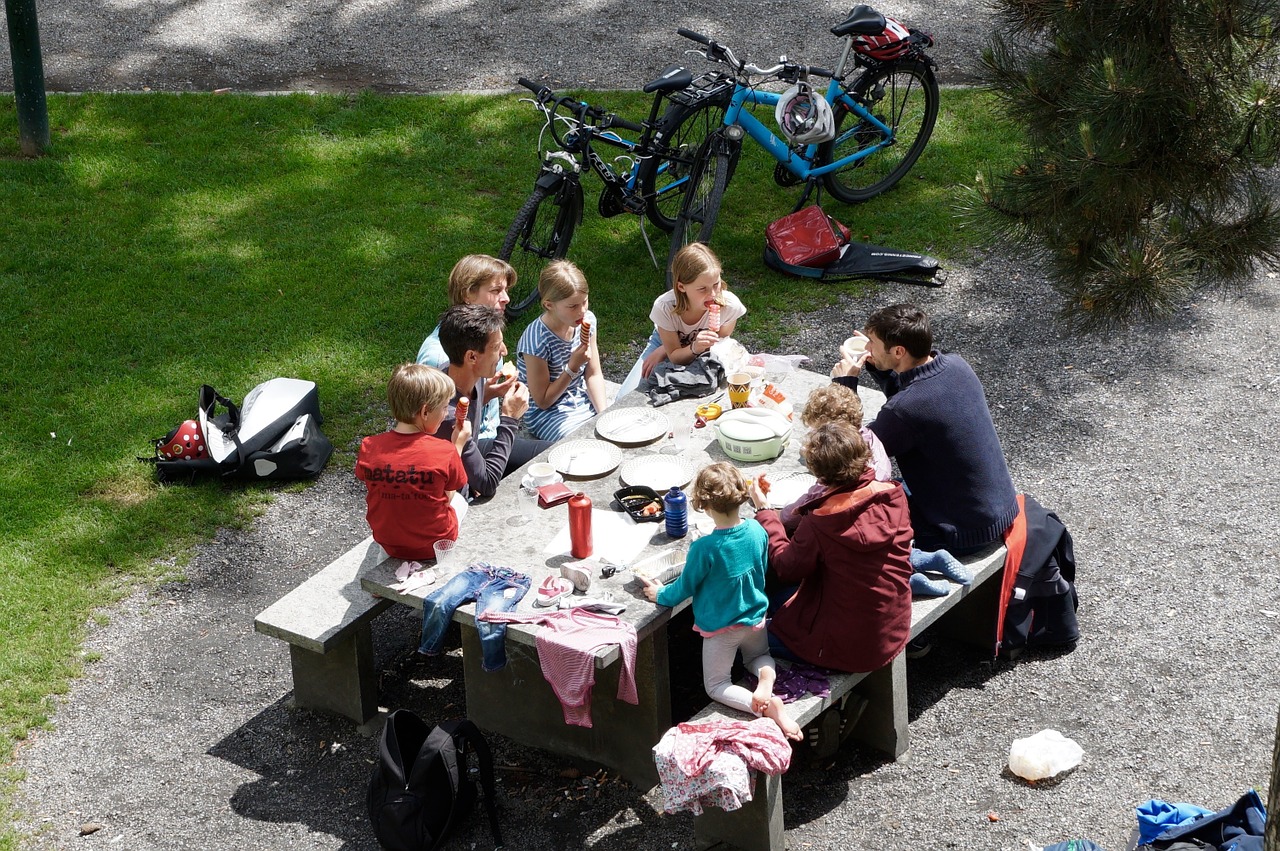
We knew that our family picnic would be fun because so many of our favorite people would be there. However, we weren’t so happy about some uninvited guests that showed up along with the family members. Once we sat down to eat, we couldn’t help but notice the intruders. There were ants crawling up the legs of the picnic table. There were flies buzzing around the coleslaw. There were mosquitoes flitting around our legs and landing on our cheeks. Finally, there were grackles that landed on the table and stole some potato chips right out of the bag. Even though potato chips can be delicious, they really don’t count as vegetables. How many uninvited guests can you put up with?
Of course, uninvited guests are only one of the things that can go wrong at a picnic. Another picnic problem is forgetting to bring something—like the softball for the softball game. One time . . .
Prove that you can recognize these writing tools by clicking on the correct one to match each part of the essay.
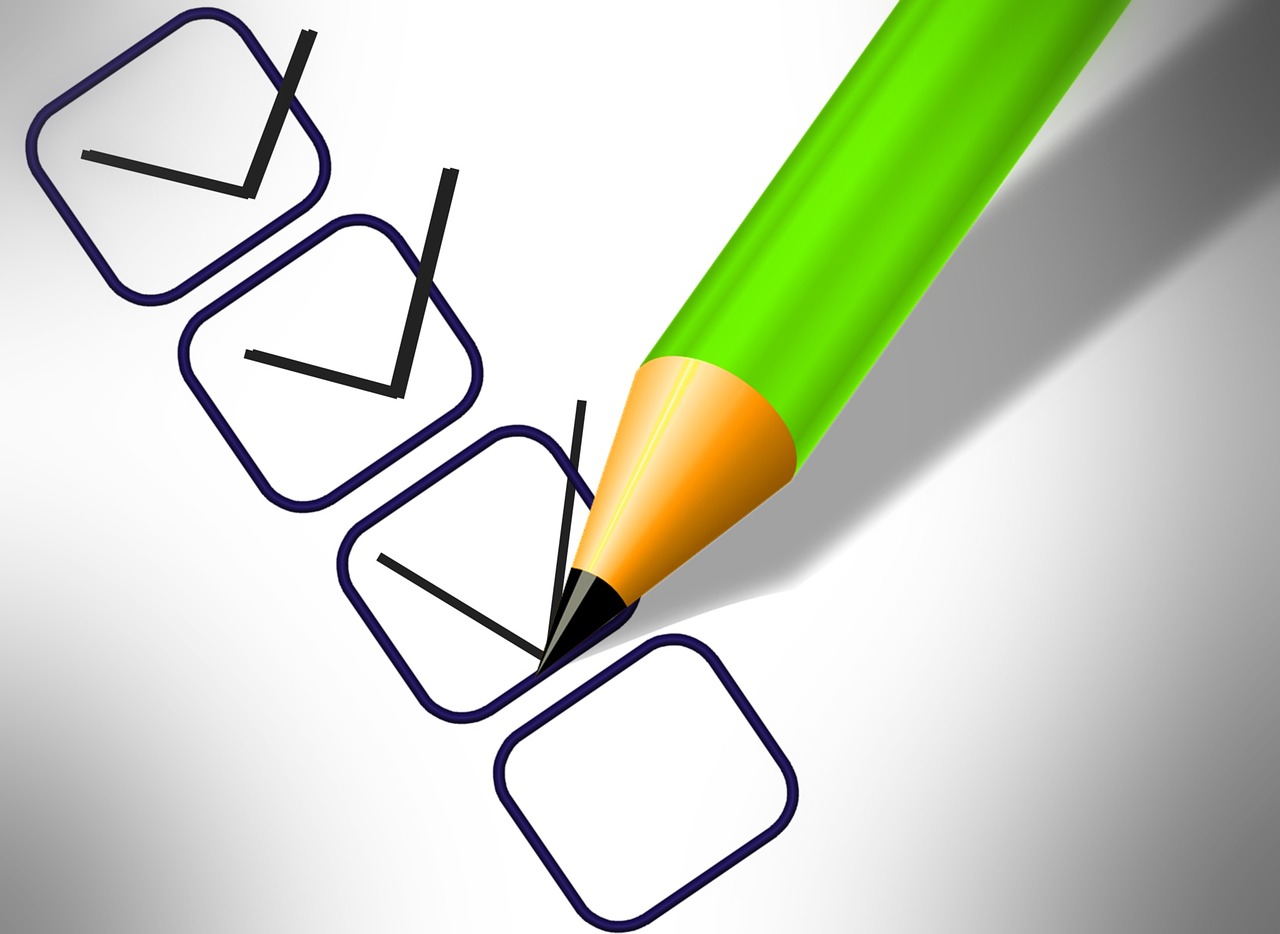
You have plenty to think about as you return to the draft that you wrote in the previous lesson. You might take each strategy one at a time.
- What about sentence variety? Are there any sentences to combine using subordinate conjunctions?
- Rhetorical devices? Is there a place where a rhetorical question would fit? Are there ideas that could be expressed in parallel structures?
- Transitions? Would a reader be helped by adding some indications of how your ideas fit together using words like additionally, on the other hand, or therefore?
- Are there enough details in your essay to support your main points but none that are inappropriate or unnecessary?
Take time to reread your essay and sharpen it where you see opportunities. Don’t leave your essay as a snapshot; instead, make it a picture to save.